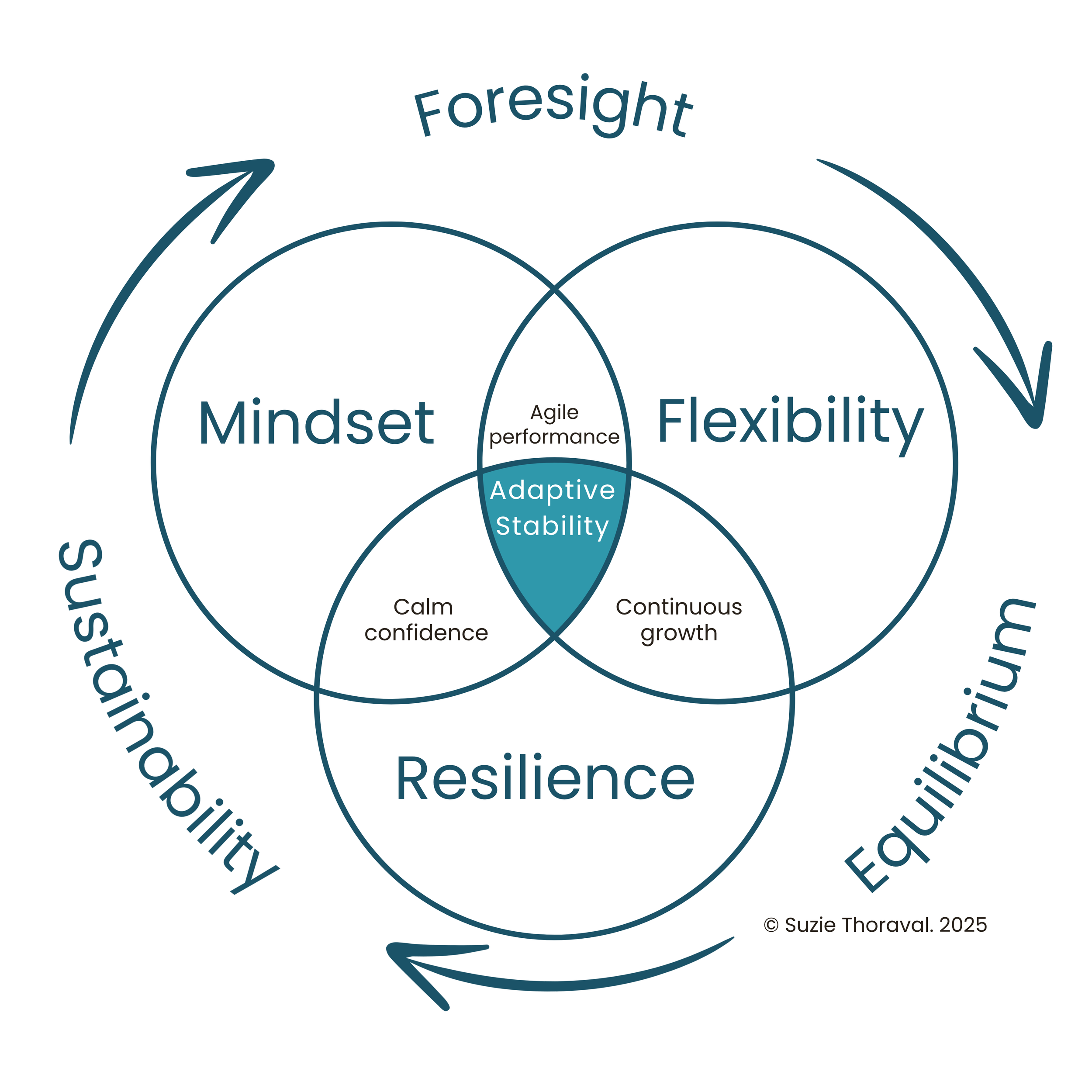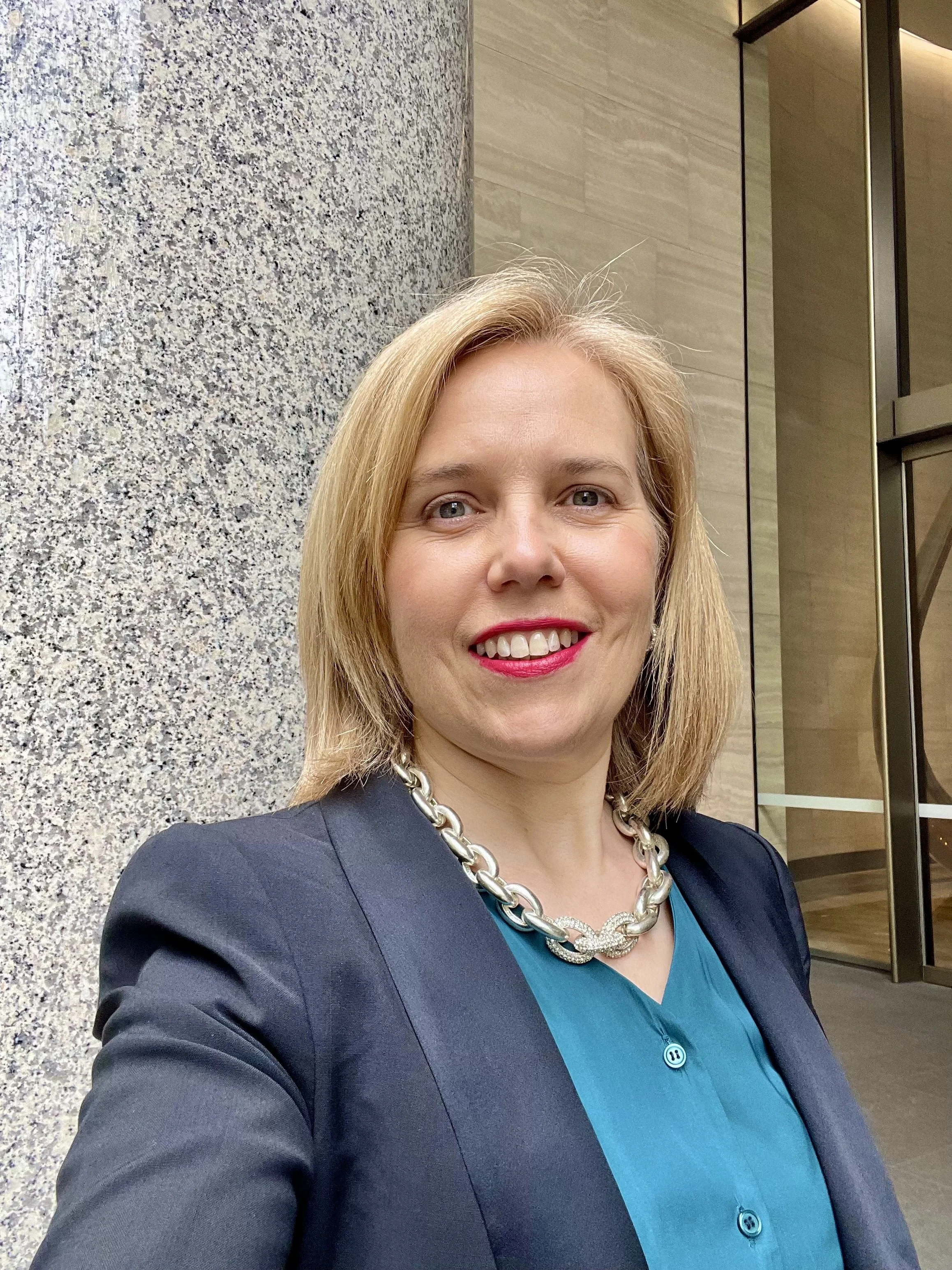Why Champions Adopt "Win or Learn" - And Leaders Should Too
By Suzie Thoraval
The surprising power of seeing setbacks as stepping stones
“I never lose. I either win or learn.”
After the Brisbane Lions’ 2025 Australian Football League premiership victory, I read that coach Chris Fagan summed up their team's philosophy using an adaptation of Nelson Mandela’s famous words:
“We never lose. We either win or we learn. That’s the attitude we’ve tried to take. Everybody’s embraced that at the footy club.”
It struck me because this mirrors how I often frame losses when I coach leaders: setbacks aren’t failures, they’re feedback loops that build consistency.
The Lions’ rise under Fagan hasn’t been sudden. For years, the club has lived this mindset — learning through disappointments, refining after near-misses, and holding steady until success followed. That discipline has shaped a culture of resilience and adaptability strong enough to deliver back-to-back premierships.
For leaders everywhere, the message is clear: resilience isn’t built in easy wins. It’s forged in how we absorb losses, extract learning, and stay calm enough to move forward with clarity.
Continuous growth: the bridge between flexibility and resilience
In my Adaptive Stability framework, continuous growth sits between flexibility and resilience. It’s what allows leaders to bend without breaking, learn without stalling, and recover without losing their way.
Flexibility lets us adjust when conditions shift.
Resilience steadies us under pressure.
Continuous growth ensures the lessons travel with us.
When leaders hold this balance, progress becomes steady and sustainable.
Openness to learning: calm under change
Leaders who practise adaptive stability create environments where uncertainty becomes a source of strength. They call out what hasn’t gone to plan, treat setbacks as information, and recover quickly.
Most importantly, they keep a calm centre — and that steadiness makes space for creativity, candour, and smarter decisions.
Mandela’s equilibrium: strength through tough conditions
South African leader, Nelson Mandela is one of the best examples of leadership under pressure. He was jailed for twenty-seven years for opposing apartheid, the system of racial segregation in South Africa.
When released, he chose not revenge but reconciliation, becoming the country’s first Black South African president and keeping his focus on building a fairer nation.
He continued to learn from both allies and opponents, refining his approach as circumstances shifted. Above all, he remained composed — absorbing immense challenges without passing on anger.
That is why his words — “I never lose. I either win or learn” — still resonate. They endure because they point to a way of leading that stays steady under pressure.
What helps leaders grow under pressure?
Research shows that resilient leaders and teams build strength through everyday practices. When people feel safe to speak openly, they learn faster and recover more quickly.
Resilience also grows from what psychologist Ann Masten calls the “ordinary magic” or ordinary human capacity that comes from strong relationships, steady routines, and clear roles — systems that hold people steady in uncertain times.
And when adversity does strike, it can spark growth: with reflection, connection, and reframing, setbacks deepen perspective, strengthen trust, and expand capability.
Resilience, then, is not accidental. It can be cultivated, designed, and sustained.
Five actions you can take
Resilience and growth don’t have to come from grand gestures — they can be built through consistent, practical actions.
Here are five ways to embed “win or learn” in your leadership this week:
Make learning normal: Bookend meetings with three questions: What did we try? What did we learn? What will we change? Making this routine takes the sting out of mistakes and makes learning a shared habit.
Test small steps: Rather than pinning everything on one plan, run a few low-risk trials. See what works, learn from what doesn’t, and build on the results. This way, no single setback derails the whole strategy.
Anchor your calm centre: Give your team stability by agreeing on what won’t change — a shared purpose, clear decision rules, and regular review cycles. These anchors create calm in the storm.
Reflect in real time: Don’t wait until the annual offsite to debrief. Run a short review within 48 hours of a big moment. Ten minutes is often enough to capture lessons while they’re fresh.
Invest in ordinary magic: Resilience grows from everyday systems. Strengthen relationships, maintain routines, and clarify roles so people know where they stand when pressure is high.
Ask yourself:
Equilibrium Which values, priorities, or routines do I need to hold steady, even when circumstances are changing?
Flexibility Where could we create a few different ways to reach the same goal, instead of relying on just one?
Learning Loop What is the simplest, safest way we can test our riskiest assumption right now?
Resilience Which habits — like sleep, exercise, or regular check-ins — help us recharge and stay steady under pressure?
Culture When was the last time we openly celebrated a lesson learned, not just a success?
Final thought
The Brisbane Lions victory this weekend reminds us: growth isn’t linear, and success isn’t static. It’s a loop. We act, we learn, we adapt, we go again.
In a volatile world, leaders who practise this rhythm while adapting forward are the ones who grow through it.
Win or learn. Adapt forward.
What’s one recent “loss” you haven’t yet examined for what you can learn? What might it still teach you?

